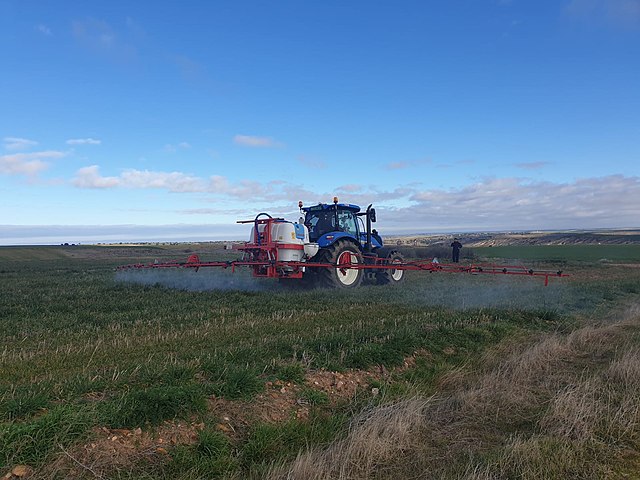Farmers Frustrated by EPA Assumptions of Glyphosate Use
WASHINGTON, DC – Farmers and ranchers are expressing their concern with the Environmental Protection Agency (EPA) for failing to follow “the best available science and data” regarding the government’s decisions relating to the Endangered Species Act (ESA).
The American Farm Bureau Federation (AFBF) and the American Soybean Association (ASA) called out EPA for their endangered species biological evaluations (BE) for atrazine, glyphosate, and simazine – released on Friday afternoon – for vastly inflating the number of species and habitats that are found likely to be adversely affected by the crop protection tools used widely across the United States.
Both groups submitted draft comments providing the Agency with better, real-world data sources, which the Agency ignored.
For example, the final BE for glyphosate assumes a soybean grower will “use 3.75 lbs./acre of glyphosate per application, whereas market research data and USDA survey data show the number is 1.00 lb./acre – nearly four times less than the BE assumes.”
ASA also says the final BE for glyphosate assumes a grower will reapply chemistry a mere seven days after an initial application – an “extraordinarily unrealistic assumption for any producer” which increases model exposure risks for species.
Kevin Scott, a South Dakota soybean farmer and president of ASA, expressed frustration with EPA failing to use better data, saying, “The law is clear EPA must use the ‘best scientific and commercial data available’ for its endangered species assessments, but the Agency has indicated it has no intention of doing so. What is more frustrating is that growers shared better and credible data with EPA, which it chose to ignore. These unrealistic findings will only fuel public distrust and risk grower access to glyphosate and other essential tools.”
American Farm Bureau Federation President Zippy Duvall said, “We are disappointed that the Environmental Protection Agency was presented with real-world evidence of limited pesticide use but failed to use the most accurate data in its biological evaluations. By overestimating the use of these crop protection tools, the EPA also overestimated the impact on species.”
This situation is more frustrating because now the EPA will formally consult with the Fish & Wildlife Service (FWS) and the National Marine Fisheries Service on hundreds of additional species, which would have been unnecessary had the EPA used the best available data. This also comes just months after the FWS decided to pull the plug on a voluntary public-private initiative to increase the population of the Lesser Prarie Chicken in Colorado, Kansas, New Mexico, Oklahoma, and Texas, to list the species as endangered.
AFBF and ASA suggest that “this extra burden will likely further strain resource-strapped agencies, expand regulatory timeframes, and result in additional product restrictions that may do nothing to protect species.”
(SOURCE: All Ag News)















































